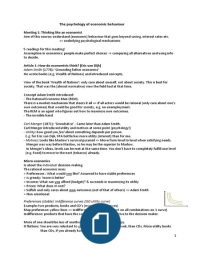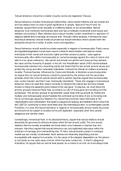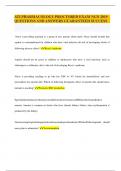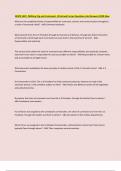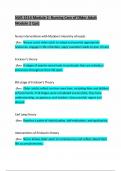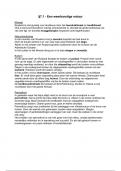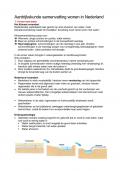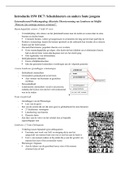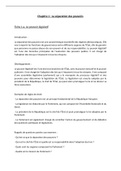Samenvatting
Summary Psychology of Economic Behaviour (summary articles and notes lectures)
- Instelling
- Universiteit Leiden (UL)
For Dutch and international students: Comprehensive summary of the course 'The psychology of economic behaviour'. This summary entails each topic discussed in lectures, notes of lectures and the summaries of the articles that were in the reading list. My study buddies and I passed the exam easily b...
[Meer zien]
